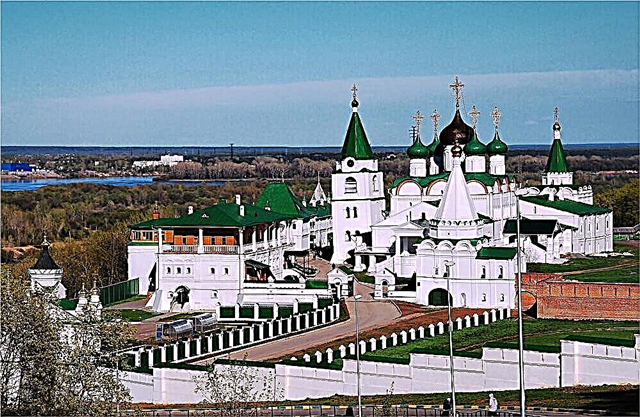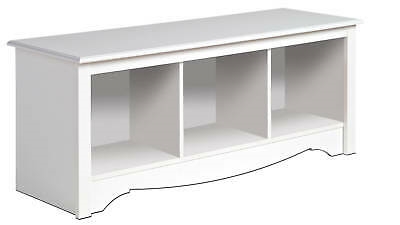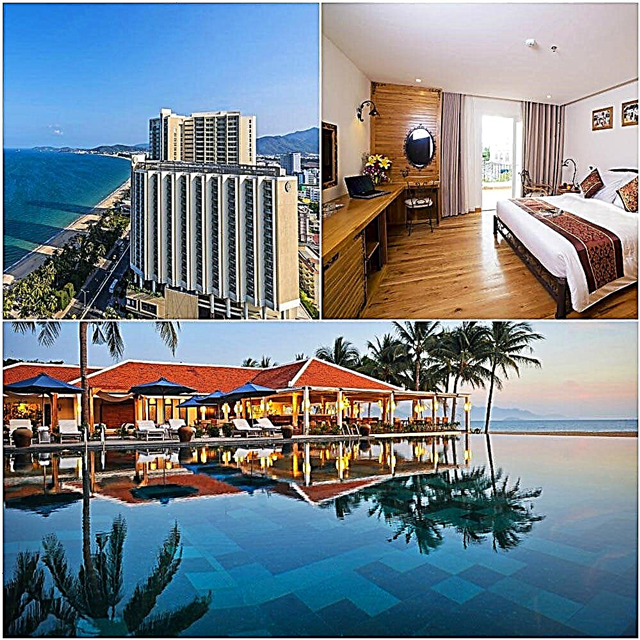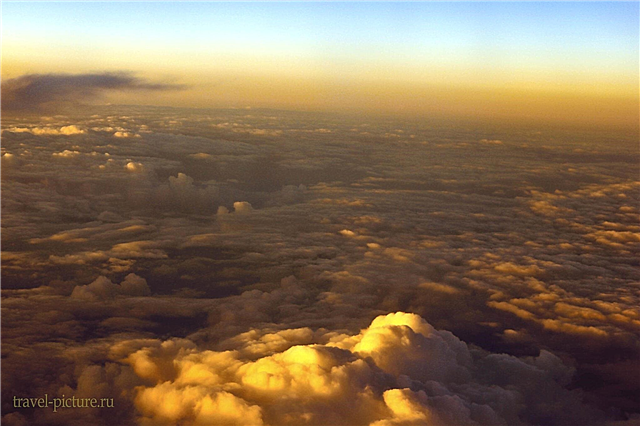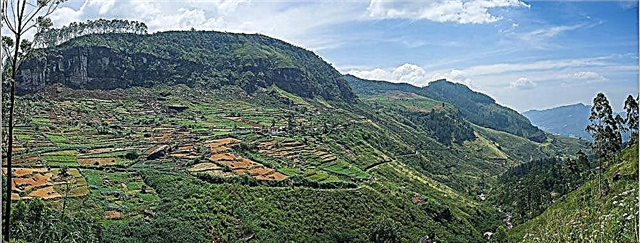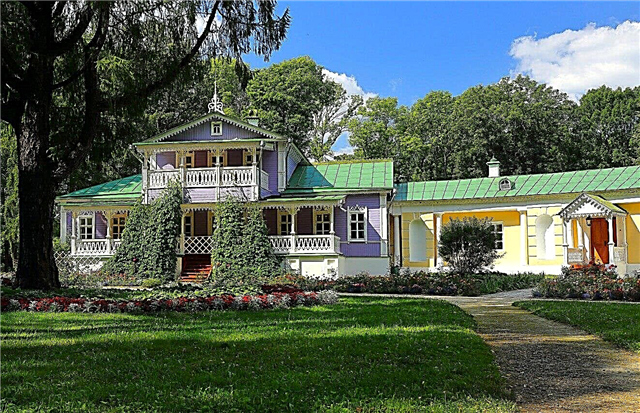The Oryol region is famous largely thanks to Turgenev and other famous writers who at different times lived here. Some of them are immortalized in named house-museums. The personal belongings of writers are collected here, thematic excursions and events are held. Another area of tourism in the region is religious pilgrimage. The Trinity Optin Monastery, the holy spring "Kamenets", the Church of St. Nicholas the Wonderworker are important objects on the map for Orthodox Christians and those interested in history. Architectural monuments and iconic buildings can be found not only in Oryol, but also in other settlements of the region. For example, in the village of Golun, the estate of the Golitsyn princes has been preserved. Of the natural beauties of the region, the Oka stands out with its tributaries and sources.
The most interesting and beautiful places in the region
List, photos with names and descriptions of the sights of the Oryol region!
Museum-Reserve of I. S. Turgenev "Spasskoye-Lutovinovo"
Previously, it was the estate of the writer's mother. It is located in the Mtsensk region and has been a museum since 1922. In addition to the main house, the territory has a large park, a pond, a church, a well, and more. The special value of the complex is the oak planted by Turgenev himself. Some of the writer's works were written here, and the people who lived nearby at that time became the prototypes of a number of characters.

Red Hill in Bolkhov
Popularly referred to as "the city of churches". The history of Krasnaya Gorka begins from the time of Ivan the Terrible. By his order, a wooden Kremlin was built, and temples were built inside its walls. The fortress itself has not survived, but the churches and cathedrals remained intact, or were subsequently restored. Especially stand out: Holy Trinity Church - an example of ancient Russian architecture and the Transfiguration Cathedral - the center of the entire ensemble.

Saburovskaya fortress
The time of construction is the 18th century, although different objects of the complex were built in different periods. The place of construction is the village of the same name in the Oryol region. In addition to the partially preserved fortress wall, there are also four towers, one of which was used as a glacier, a theater building and the Church of Michael the Archangel. The height of the walls is up to 4 m, they surround an area of 15 hectares.

National Park "Orlovskoe Polesie"
It is located on the territory of two districts: Znamensky and Khotynetsky. It covers an area of 777 km² and has its current status since 1994. One of the features is that deciduous forests are adjacent to the forest-steppe. Adds color to the already varied landscape of the Oka and its pool. The park also includes: "Turgenevskoe woodlands", the settlement of Khotiml-Kuzmenkovo and other attractions.

Zlynsky stud farm
Initially, the company was opened in 1872 in another place, but after a couple of moves it settled in the Bolkhov region. Gradually, the Telegins' mansion, a park, the stables themselves and a spacious arena appeared. The stud farm went through several difficult periods and was even closed. In 2005, the owner of the land changed once again, under his leadership the work began to boil again. There is a horse breeding museum and a chapel nearby.

Hunters castle
In the past it was a sugar factory built in the 19th century in the style of Gothic architecture. It belonged to General Okhotnikov, who did not live permanently in the village of Yakovka, but visited the production from time to time. The current state is poor, although the exterior looks quite solid. Inside, nothing at all remained of the furnishings and decor.

Arrow of Oka and Orlik
The story of the Eagle begins from this place. The fortress that stood here in the past has not survived. Now, on a small peninsula, a memorial park has been laid out and an obelisk 27 meters high has been erected in honor of the city's 400th birthday. A time capsule with a message for posterity is immured under it. Nearby are: "Detinets" - a memorial stone, a suspension bridge and the Epiphany Church.

Oryol Museum of Local Lore
The oldest of the city's museums has existed since 1897. The funds contain more than 170 thousand items of different directions: clothes, documents, icons, books, utensils, etc. The exposition is divided into several buildings, the main of which is the former shopping arcade. They were built in 1782 and have already been restored several times. The museum has a scientific library and a gift shop.

Oryol Museum of Fine Arts
Opened in 1919 and since then the collection has grown steadily, at the moment it consists of 12 thousand pieces of fine art. The museum was formed on the basis of two predecessors: provincial and church-historical-archaeological. Among other things, the exposition was supplemented by paintings and valuables from the noble estates of the area. Currently based in the former building of the House of Political Education.

Oryol military history museum
Among the residents it is called a "museum-diorama". The exhibitions tell about military conflicts of different years. Some took place directly on the territory of the region, in others the Oryol people were involved in one way or another. In the center of the exposition there are two dioramas by Kurnakov. One shows the events of the civil war, the other - the Second World War. The building - the former house of the merchant Chikin - also has a lecture hall and a cinema.

Adam's mill in Livny
Built in the 70s of the XIX century and is a monument of industrial architecture. The building is very compact, the areas were used sparingly, and each of the five floors had its own function. For its intended purpose, the mill was used until the Second World War. Associated with the work of Paustovsky, but this did not save her from the destructive influence of time. So far, the building restoration project exists only on paper.

Vvedensky monastery in Orel
It is feminine and has existed since 1686. During the period of its history, faced with fire, moving to a new place, closure. After the revolution, the nearby cemetery was destroyed. The rest of the facilities were liquidated or converted to meet the needs of the workers. After the return of the monastery to the Russian Orthodox Church, two churches and a chapel appeared. The main value is a list of the Balykin Icon of the Mother of God, dated 1712.

Assumption Monastery in Oryol
Founded in the 17th century as a men's monastery. It was restored to this status in the early 1990s. After a big fire, from which only the Epiphany Cathedral remained, the question arose about moving the monastery further from the city center. So he found a new home - on Vvoznaya Gora. The main relic is an ark with particles of relics. Now the monastery is operating, but construction on its territory is still underway.

Trinity Optin Monastery in Bolkhov
The exact date of construction is unknown, but the foundation took place earlier than the 15th century. Among the versions of the origin of the monastery there is a legend about the repentant criminal Opt, who was tonsured a monk and laid the first stone of the monastery. Initially, the monastery was for men, but after a long period of decline, they began to revive it as a woman in the early 2000s. The main relic is the Tikhvin Icon of the Mother of God.

Krivtsov Memorial
Installed in 1970 in the Bolkhov region in honor of the events that took place here during the Second World War. The floodplains of the Oka and Zushi were called at that time "the valley of death". There were fierce battles with the German fascist invaders from 1941 to 1943. The memorial consists of a stele, in front of which a full-length monument to a Soviet soldier is erected, an obelisk and a cross next to the figure of a grieving mother.

State Bank building
It was originally built at the very end of the 19th century for a commercial bank. It stands on the street Right Bank of the Orlik River in Orel and now there is the regional department of the Central Bank of the Russian Federation. The Nazis used the premises for the work of the military Gestapo during the occupation of the city.After the Second World War, a partial reconstruction of the red brick building took place: several towers and a porch in front of the main entrance were removed.

House-Museum of V.A.Rusanov
Opened in 1982 in Oryol in a one-story building where the researcher lived. Rusanov spent his childhood and youth here, began his education in the city and subsequently became not only a scientist, but also a public figure. The museum contains his personal belongings, tells about important moments of his biography, including polar expeditions. In addition, attention is paid to the peoples of the north and local life of the XIX-XX centuries.

House-Museum of N. Leskov
The only museum in the country dedicated to Leskov. He has been working since 1974 and is based in a noble mansion in Oryol. Events related to the writer and his work are constantly held here, and recently a thematic quest was developed. The exposition consists of valuable personal items, furniture and books. At the moment, the building is undergoing restoration, and the exposition has been temporarily moved to another museum.

Museum of Oryol writers
It is a branch of the Turgenev Museum. It was founded in 1957 in Oryol in the house of the Granovsky family, but later moved to the building where the vice-governor used to live. The exposition tells a story about several writers representing the Oryol region on the world and domestic literary arena. The list includes: Zaitsev, Fet, Novikov, Apukhtin, Andreev, Prishvin. Inside, not only things are stored, but offices and furnishings from different years have been recreated.

I. Turgenev Museum
Founded in Oryol on the basis of the Museum-Library. Turgenev, which has existed since 1918. The exposition includes a personal collection of the writer's books, things from his Paris office, illustrations for works, portraits and more. The occupied building is a noble mansion, built in 1870. In addition to the exhibition halls, there is an event space, a small cinema room, and a souvenir kiosk.

I. Bunin Museum
Based in Oryol in the wing of the city estate of the Ananievskys. The exposition touches upon different stages of Bunin's work, life abroad, receiving the Nobel Prize, attitude to what is happening in the country, and so on. Also, a lot is told about his wife and environment. From late October to early November, a large museum event is held annually - the Bunin Days in Orel.

Memorial Lipovchik
The tract in the Livensky district, where in the 30s, objectionable citizens were shot on the basis of ethnic and social reasons. Since the victims of Stalin's repressions were not only executed here, but also buried, in 1992 it was decided to erect a memorial in memory of those terrible events. The names of those killed are indicated on the memorial sign. In 2016, the foundation stone of a chapel took place nearby. A religious procession is held annually.

Epiphany Cathedral
Built on the territory of Oryol in the 17th century. The building itself combines fragments of several styles at once: Baroque, Neo-Russian and Classicism. In 2014, the restoration of the bell tower, which had been silent for almost 100 years, was completed. The main shrine is a list of the Joy of All Who Sorrow icon. On the basis of the cathedral, there is a Sunday school and a youth movement, as well as a choir that performs on holidays.

Church of St. Nicholas the Wonderworker
Located in the city of Novosil, it was first mentioned in 1615. The current brick building was built two centuries later. It has only one dome and is cruciform in its scheme. During the Soviet era, it was closed, suffered during the Second World War, was repaired and used for other purposes. It has again belonged to the Russian Orthodox Church since 1989. In the mid-90s, a bell tower was erected next to it, which added to the ensemble.

Livensky Museum of Local Lore
It was founded in 1918, but during the Second World War its exposition disappeared without a trace. Since the 60s, it began to gradually recover on a voluntary basis, and in 1987 received the status of a branch of the Oryol Museum of Local Lore. A few years later he moved to the city center and became municipal. The exposition is divided into 6 rooms and 11 sections, including ethnographic, archaeological, dedicated to the revolution, etc.

Shatilovskaya experimental station
In the country there is a need to create such an institution in the 19th century in the Novoderevenkovsky district. The station was engaged in the selection of seed production and laid the foundation for the development of landscape and eco-farming. Subsequently, the manager's house was given over to a museum, where the history of the station's activities is told. The exposition contains valuable samples of selection, instruments used in work, old magazines, photographs, and more.

Source of Saint Kuksha
Although it is located in the forest area of the Mtsensk region, it is quite easy to find the source. The territory around it has been ennobled, this also applies to comfortable paths, and cleared areas, as well as a covered font. A church has been built nearby, and it is rather problematic to be here alone, as the stream of people wishing to see the local landmark does not dry out. This is especially true on weekends and holidays.

Holy spring "Kamenets"
It is considered curative, located in the Pokrovsky district. Unusual properties are attributed not only to the water from the source itself, but also to stones that are scattered throughout the territory, have different sizes and shapes. The initiates have known about this area for several centuries, but it received a special status in the 2000s. An iron staircase with railings leads to the water, and there is a chapel on the hill.

The source of the Oka river
Landscape natural monument, which is located near the village of Aleksandrovka. It was consecrated in the 90s and a small chapel was built on a dais nearby. At the entrance to the territory there is a wooden fence with a sign, guarded by idols carved from logs. Further, you can also find various figures made of wood, one stands directly by the water.

Manor of princes Golitsyn in the village of Golun
Built in the Novosilsky district in 1776. The main house appeared later in the 19th century. Now only ruins are left of it - the territory was badly damaged during the Second World War. But the horse yard and partly the outbuildings have been preserved. The park also survived, although it lost its former splendor. Here you can see the paths of the former alleys, and trees that are more than a hundred years old are still growing.


